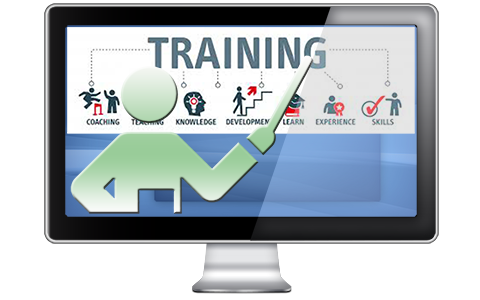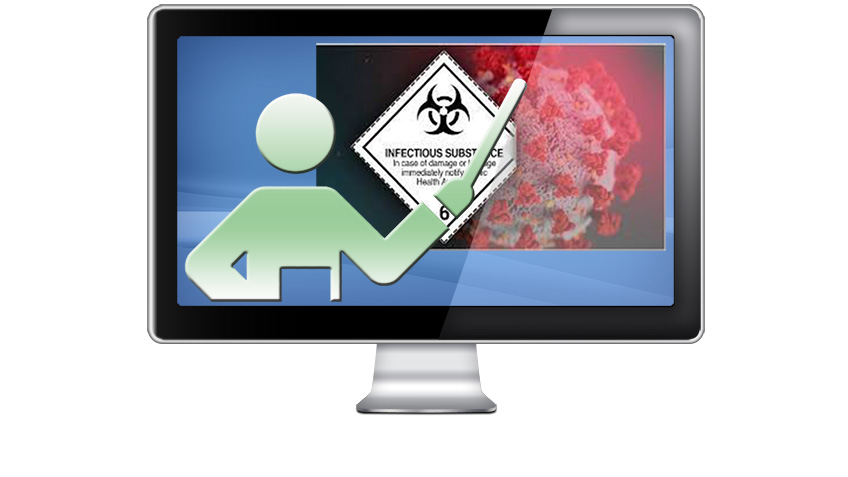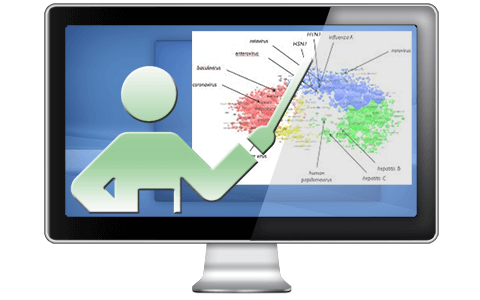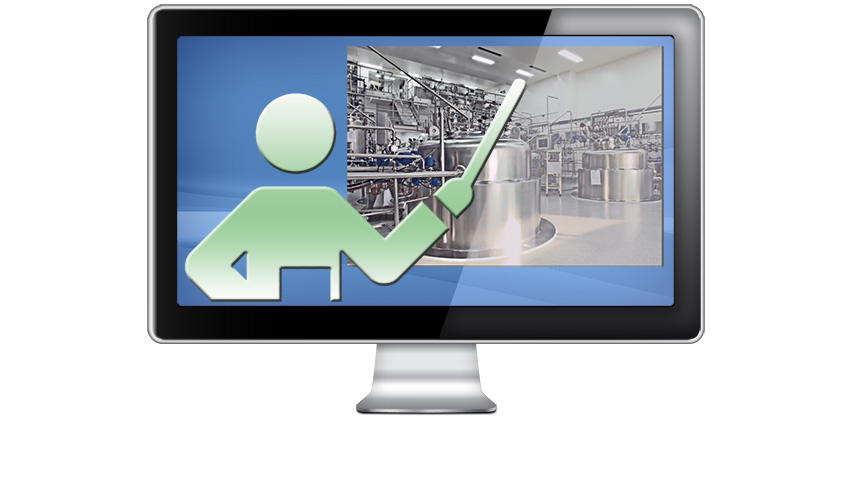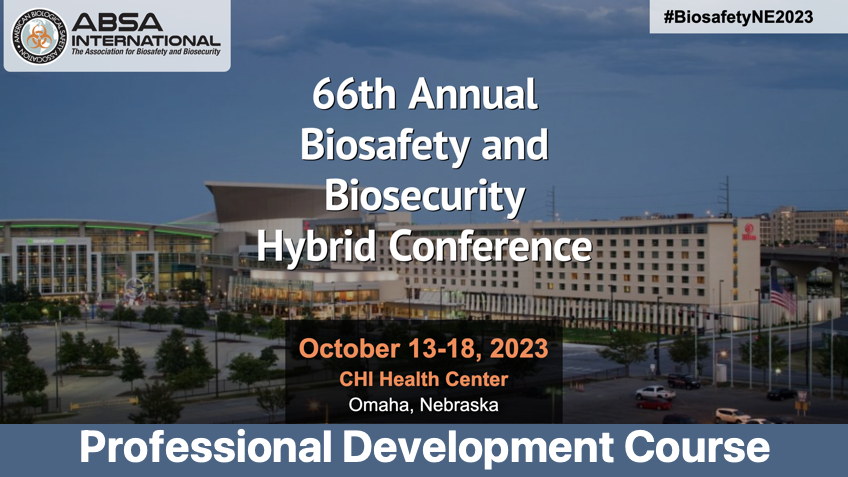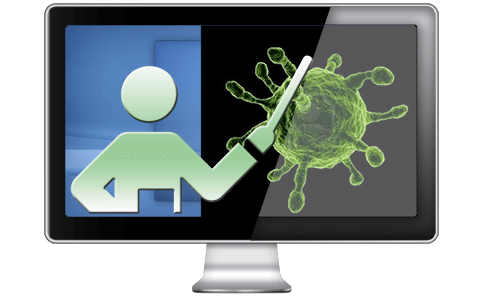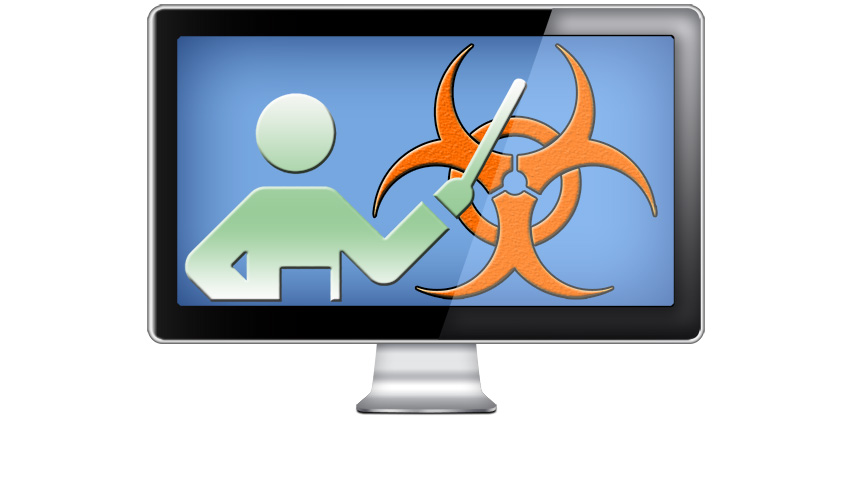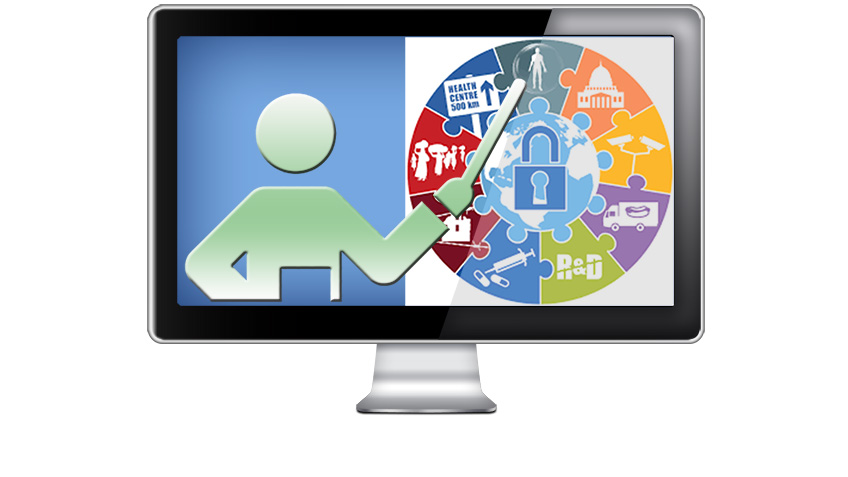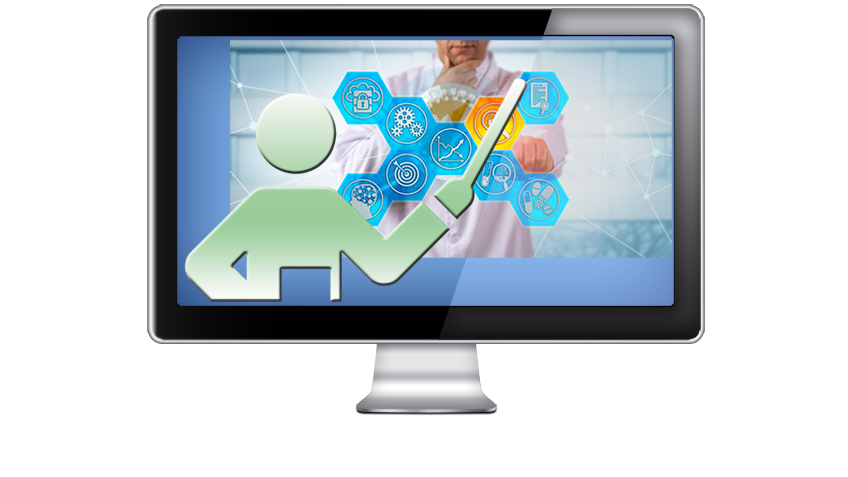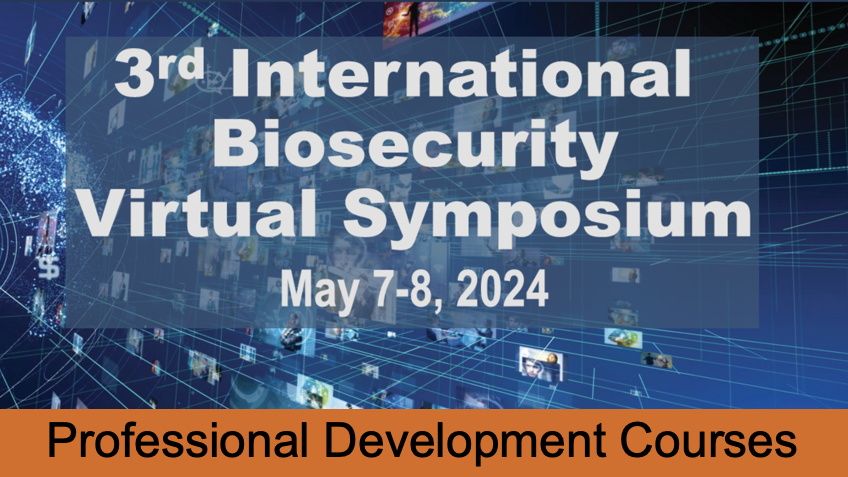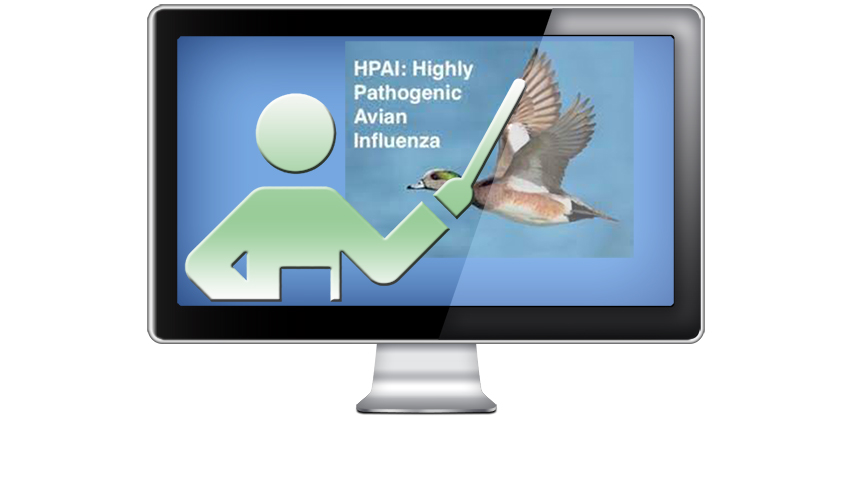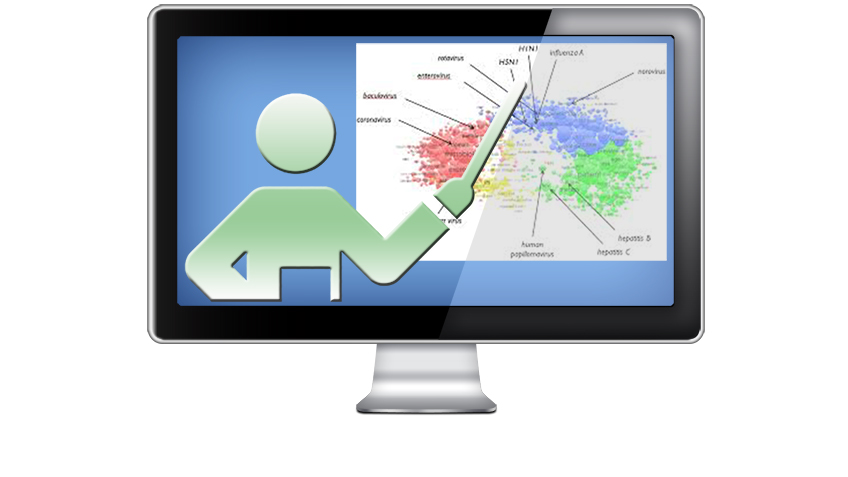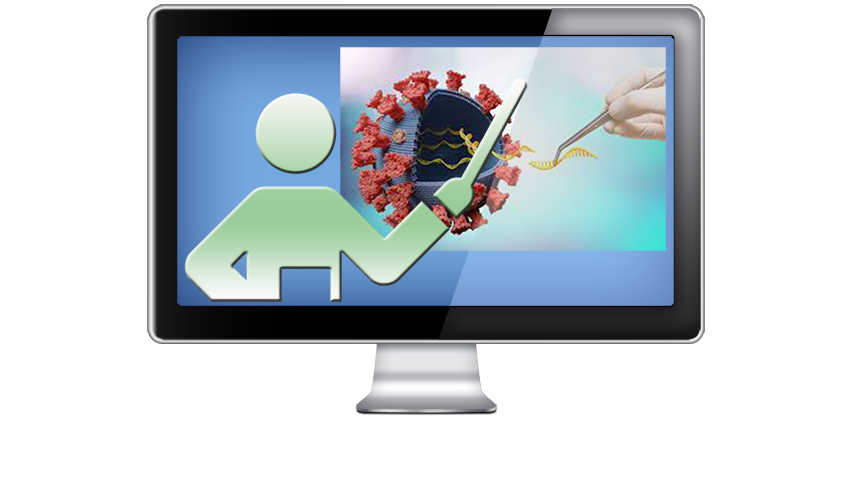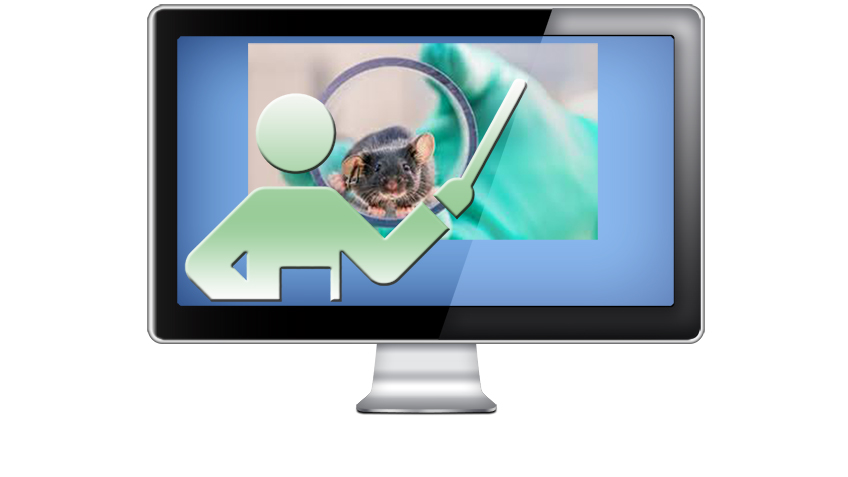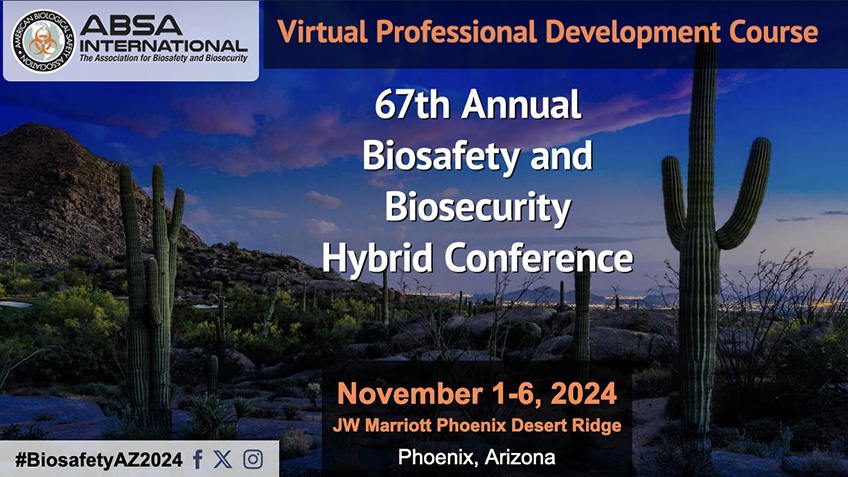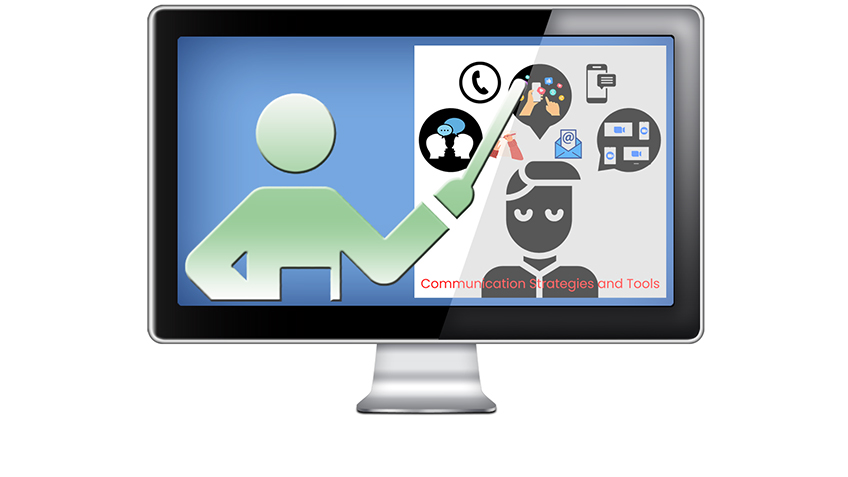07. Train-the-Trainer: Beyond the Basics
WebinarTrain-the-Trainer: Beyond the Basics is a webinar designed to take your instructor-led training to the next level. Using hands-on, practical applications you will learn to address the unique needs of adult learners (including accessibility needs), effectively plan your next training, and utilize tips and tricks to improve your facilitation. This webinar will show you how to use a simple planning tool as a guide to make the most of your development time and more easily help you design an effective PowerPoint presentation. Looking to use tools to enhance your training? Join us as we incorporate a variety of interactive tools such as whiteboards and polls to gain real-time feedback. This webinar will show you how to effectively use questions to engage your in-person and virtual audiences, and help you establish rapport and trust with your participants. The webinar will be led by a training manager with 25 years’ experience designing and developing educational experiences for private and public clients.

